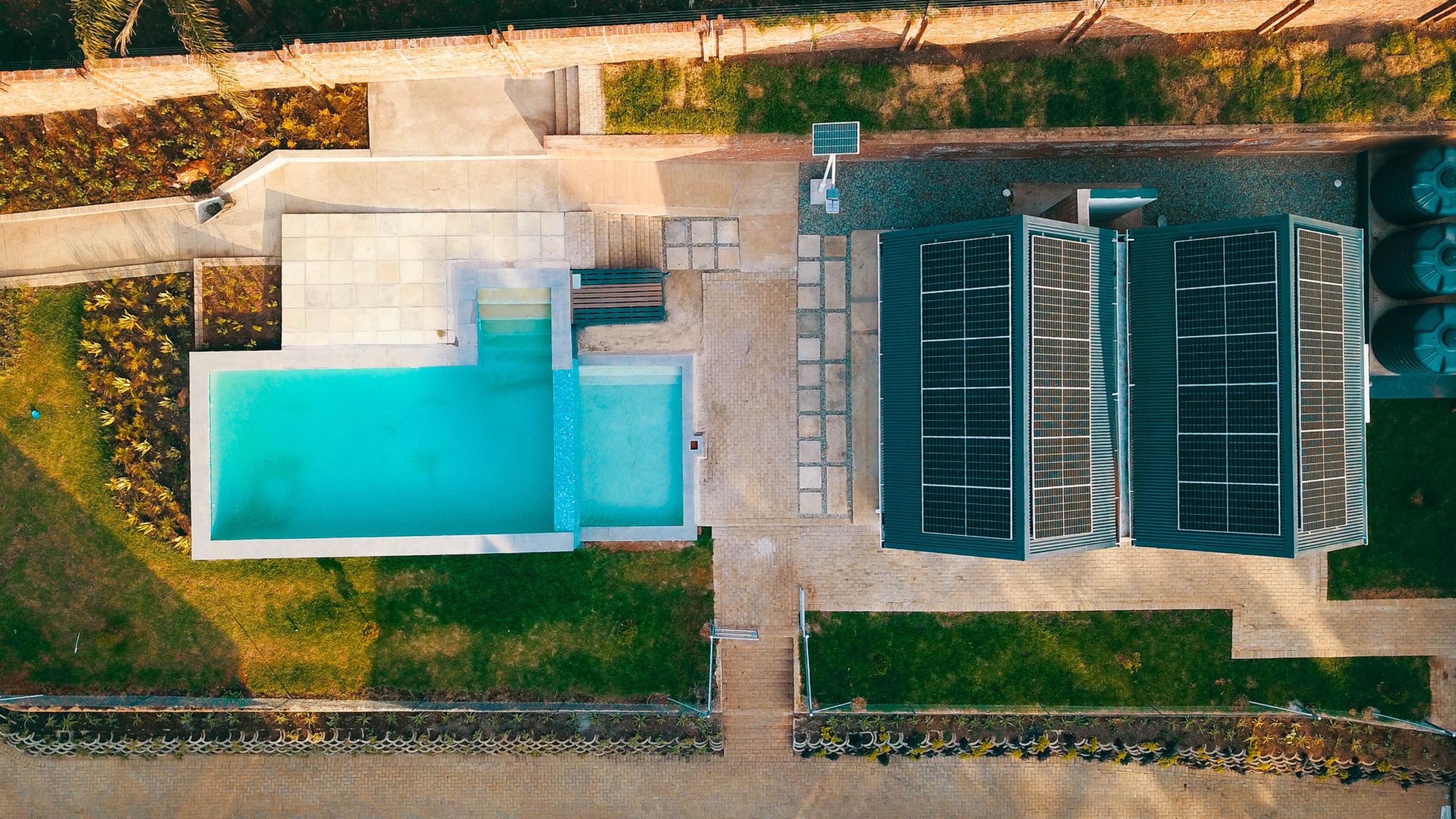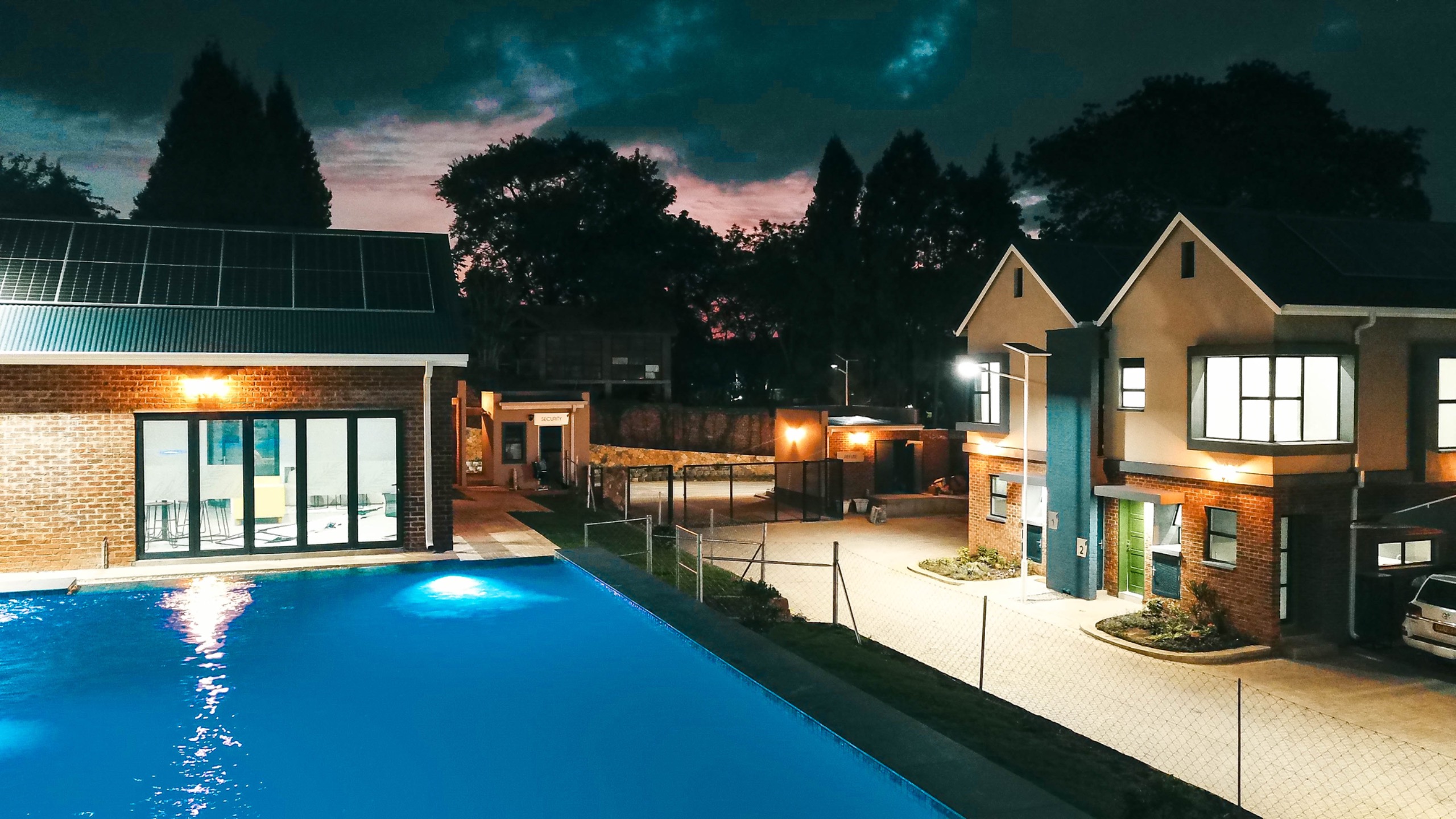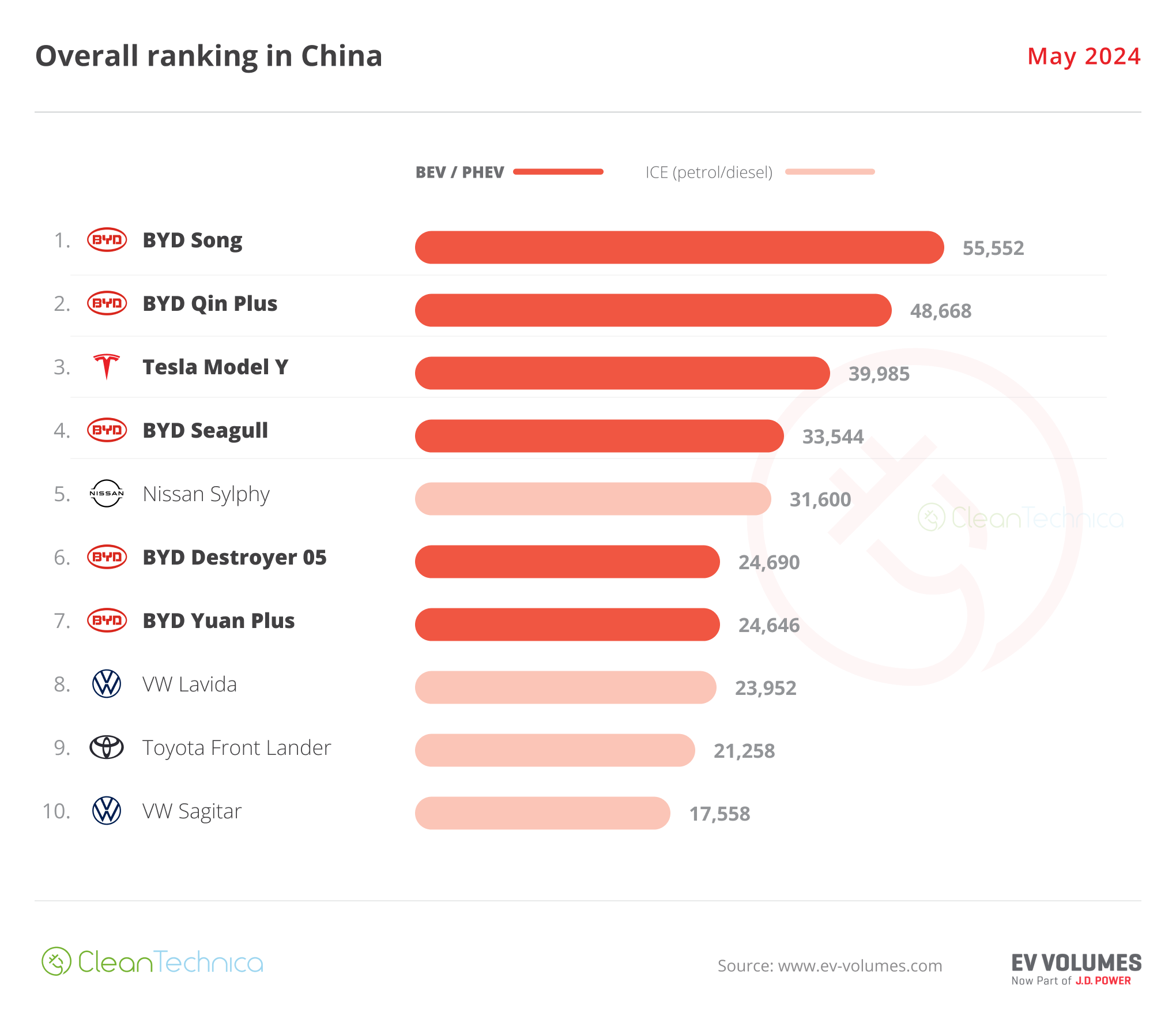Sign up for daily news updates from CleanTechnica on email. Or follow us on Google News!
Last week I read an article that said solar panels are now going for around 15 to 17 cents per Watt or even less than that. I remembered when I started working in C&I solar, solar panels were hovering around 60-70 cents per Watt. That was around 2015. That’s a nice drop in just 8 years. A lot of other stuff has also changed as the technology advances bring higher efficiency panels as well. I remember in 2015, the mostly widely available solar panels in this part of the world were 250W panels or even lower rated panels. Now in 2023, everyone is using 550W panels or higher. So, for a 5kWp system you now only need 10 panels compared to 20 panels in 2015. Another major step forward is we now have a plethora of very good and more affordable hybrids inverters, mostly from China, unlike in 2015 where you needed solar inverters as well as battery inverters. For example, if you were using SMA, you would need Sunny Island inverters as well as Sunny Boy Solar inverters or a similar configuration.
Having 550W panels plus hybrid inverters simplifies installations and cuts back on associated balance of equipment costs, resulting in simpler installations, reducing installation time, associated cabling, mounting, and combiner boxes and other switch gear. All of this means it is now a whole lot cheaper to incorporate solar with homes now than in 2015. Another major thing is the progress made in the battery sector. Back in 2015 it was all lead acid batteries — bulky space-consuming stuff. Now it’s all slim wall-mounted LFP packs, providing the same energy or more in a small footprint. Therefore, for new housing developments, the business case for adding solar right from the beginning as part of the package is a lot better now.
All of this, coupled with rising energy costs as well as regular power outages fueled by a generation shortfall in places like Zimbabwe and South Africa, makes the business case is even better. Housing developments with solar will offer residents some energy security. Another big plus is that residents of cluster developments and gated communities won’t have to deal with all the noise from tens of diesel generators running constantly in the complex.
We have a lot of sun here in southern Africa, but the upfront costs of installing the right-sized solar systems has been prohibitive, which is why you don’t see a lot of solar installations as we should have to capitalize on all this sun. Some places like Zimbabwe have limited financing options as well, making it even harder. Bundling solar as part of new housing developments from the get-go is an awesome idea to help increase the penetration of solar.
Depending on the size of homes and the level backup required to back up key loads, a lot of housing developments are now incorporating solar coupled with battery storage in packages similar to these ones listed below:

I recently attended the launch of a new housing development near Highlands in Harare. This development has 12 units as well as a club house. All the units have solar and battery storage, which is super awesome. Here are some images from Glenara 1, developed by Turnbury Property Developers, Troika Design Workshop in collaboration with Stanbic Bank.


Zimbabwe now has a housing backlog of over 2 million units. As people in the industry work towards addressing some of this backlog, it would be great to see more of these developments get solar from the get-go where feasible. For higher density developments, things like community solar and neighborhood batteries could be worth looking into.
Images courtesy of Turnbury Property Developers and TDW
Have a tip for CleanTechnica? Want to advertise? Want to suggest a guest for our CleanTech Talk podcast? Contact us here.
EV Obsession Daily!
I don’t like paywalls. You don’t like paywalls. Who likes paywalls? Here at CleanTechnica, we implemented a limited paywall for a while, but it always felt wrong — and it was always tough to decide what we should put behind there. In theory, your most exclusive and best content goes behind a paywall. But then fewer people read it!! So, we’ve decided to completely nix paywalls here at CleanTechnica. But…
Thank you!
Iontra: “Thinking Outside the Battery”
CleanTechnica uses affiliate links. See our policy here.




